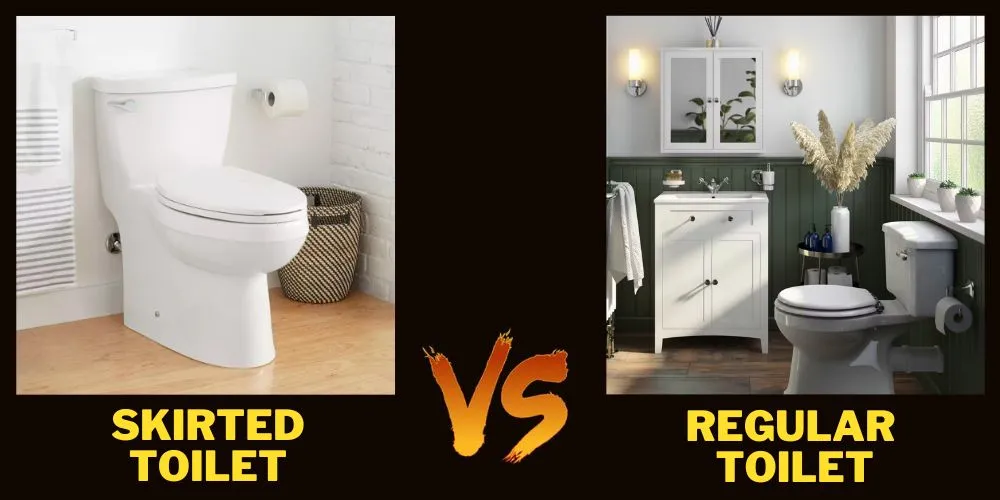When it comes to plumbing, understanding the interplay between appliances like toilets and the infrastructure that supports them, such as drain pipes, is crucial.
A three-inch drain pipe is a common size used in residential construction, but do you know how many toilets can a 3 inch drain handle?
Well, this is a question often pondered by homeowners and contractors alike.
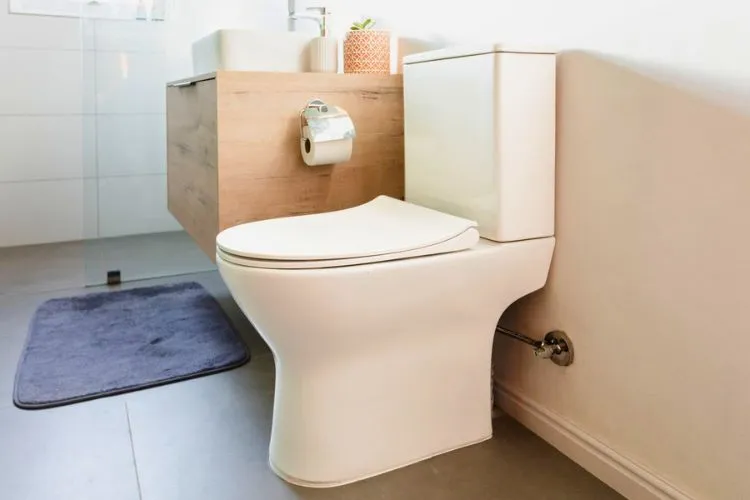
This understanding is not just a matter of convenience but also a compliance issue, as local plumbing codes dictate what is permissible.
This article delves into this question, providing insights into the various factors that influence the answer and offering guidance on how to navigate these considerations.
How Many Toilets Can a 3 Inch Drain Handle?
Given the average conditions—proper slope, compliance with local codes, and a typical residential setting—a three-inch drain can typically handle up to three toilets.
However, this is an estimate and not a one-size-fits-all answer. The exact number can vary, with the potential to accommodate more under ideal conditions or fewer toilets if any of the discussed factors are less than optimal.
Understanding Drain Pipe Size and Toilet Requirements
Drain pipe sizes vary, with their capacity to remove wastewater and solid wastes differing based on their diameter. The three-inch size is standard for toilets due to its capability to handle the typical volume and size of waste generated.
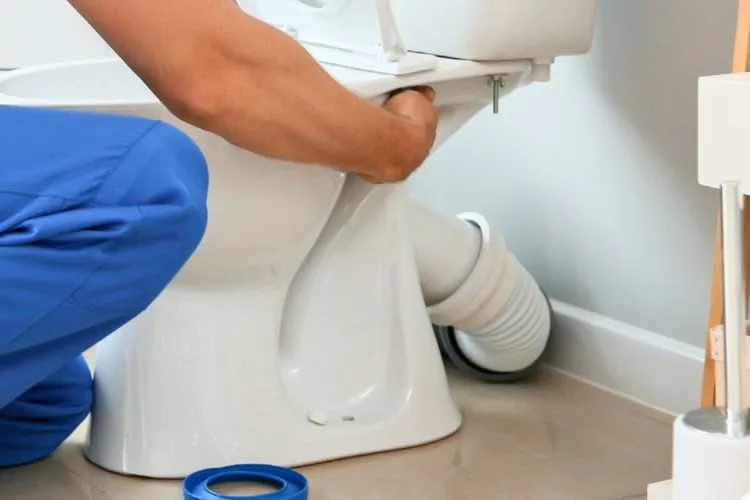
Standard toilet drainage requires a pipe that can facilitate the swift and efficient removal of waste without clogging, ensuring the sanitation and functionality of the bathroom facilities.
Factors Influencing the Number of Toilets on a Drain
Several factors can determine how many toilets a three-inch drain can accommodate. Understanding these can help in planning installations in both new constructions and renovations.
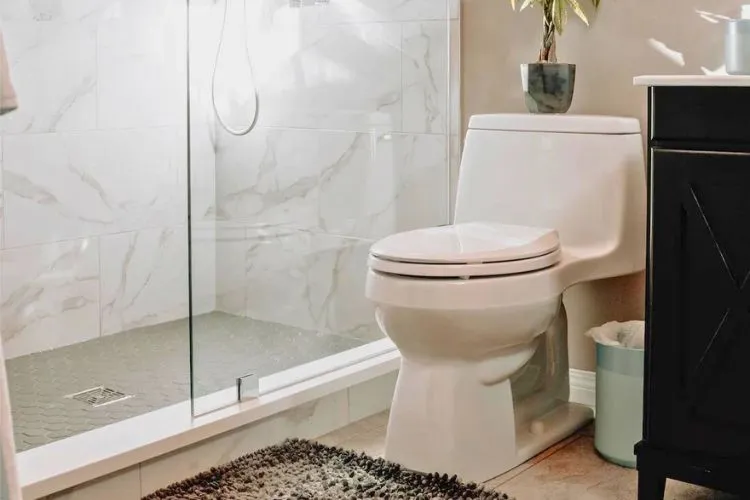
Plumbing Code Requirements
Local plumbing codes are a critical determinant, as they are established to ensure the health and safety of a building’s occupants. These regulations can vary significantly from one jurisdiction to another, but they generally cover aspects such as the maximum number of fixtures per drain line.
For example, some codes may limit the number of toilets to two for a three-inch drain pipe, while others may be more lenient based on other mitigating factors.
Degree of Slope
The slope of a drain line influences how effectively waste is transported away from toilets. The ideal slope allows gravity to move waste smoothly without the risk of clogging or backflow.
For a three-inch drain, the universally accepted slope is 1/4 inch per foot of pipe, which may impact the number of toilets one can feasibly connect to a single drain line.
Length of the Drain Line
The longer a drain line, the more potential for friction and resistance, which can affect how many toilets it can service. Longer distances require more careful planning to maintain the appropriate slope and minimize the risk of blockages.
Type of Building
The building type is another factor. Residential homes, commercial buildings, and public facilities each have different usage patterns and load requirements that can affect how many toilets a three-inch drain can handle.
Commercial and public facility bathrooms often experience higher usage rates, which might necessitate stricter adherence to capacity limits to avoid plumbing issues.
Precautions and Considerations
One significant challenge in determining the number of toilets for a three-inch drain line is ensuring adherence to all relevant codes and standards. Overloading a drain pipe can lead to frequent clogs, a decrease in the effectiveness of the plumbing system, and even health hazards through sewer gases and backflows.
It’s also essential to consider the impact of simultaneous usage, as this can significantly increase the load on the system. Effective venting must be ensured to prevent siphoning and ensure the trap seals remain intact, preventing sewer gases from entering the building.
When To Consult a Professional?
Given the complexities of plumbing codes, the specifics of each building, and the technical aspects of plumbing design, consulting a professional plumber or a plumbing engineer is often the best course of action.
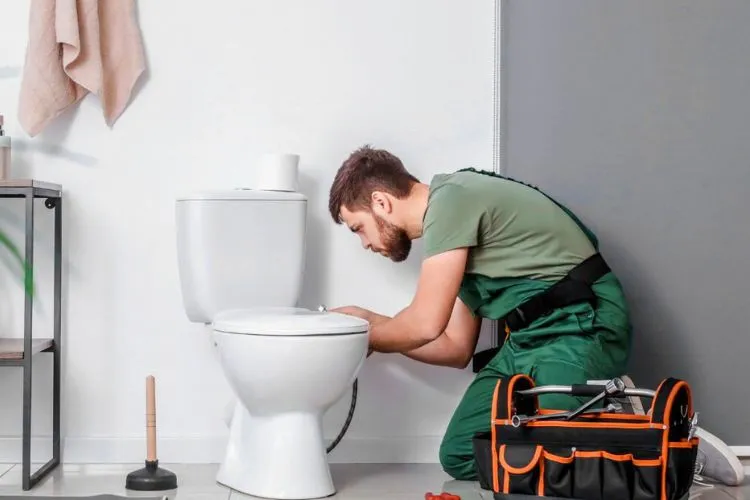
They can provide tailored advice, ensure installations meet legal requirements, and help troubleshoot any potential issues before they become problems. Particularly in cases of extensive renovations or new constructions, their expertise can be invaluable in ensuring a functional and compliant plumbing system.
Pro Tips
When planning a plumbing layout, consider future needs and potential adjustments to the building use. For example, in residential construction, future renovations might increase bathroom usage. Plan the plumbing to be as forward-thinking as possible, allowing for easy updates and expansions.
Frequently Asked Questions (FAQs)
What is the standard pipe size for residential toilets?
A three-inch pipe is typically standard for residential toilets, providing sufficient capacity for efficient waste removal.
Can one toilet drain into another toilet’s drain line?
While technically feasible with proper venting and adherence to codes, this setup requires careful planning to ensure it doesn’t lead to issues with blockages or venting.
How does the length of the drain line affect how many toilets can be used on one line?
Longer drain lines may decrease the number of toilets due to the increased risk of blockages and the need for a carefully maintained gradient.
Why is it important to consult local plumbing codes when installing toilets?
Plumbing codes ensure that installations meet health and safety standards, minimizing risks to occupants and the public. Different jurisdictions may have specific requirements impacting the installation.
How does the slope of the drain line affect how many toilets can be installed?
The slope ensures efficient waste removal. Incorrect slope can lead to clogs or slow drainage, potentially reducing the number of toilets a drain line can effectively service.
Conclusion:
Determining how many toilets can be accommodated on a three-inch drain line involves a careful consideration of various factors, including plumbing codes, the slope and length of the drain line, and the type of building.
While a general estimate can provide a starting point, the specifics of each situation can significantly affect the final number. Consulting professionals and adhering to local codes are crucial steps in avoiding future plumbing issues.
With proper planning and expert advice, achieving a functional and compliant bathroom setup is entirely feasible.


